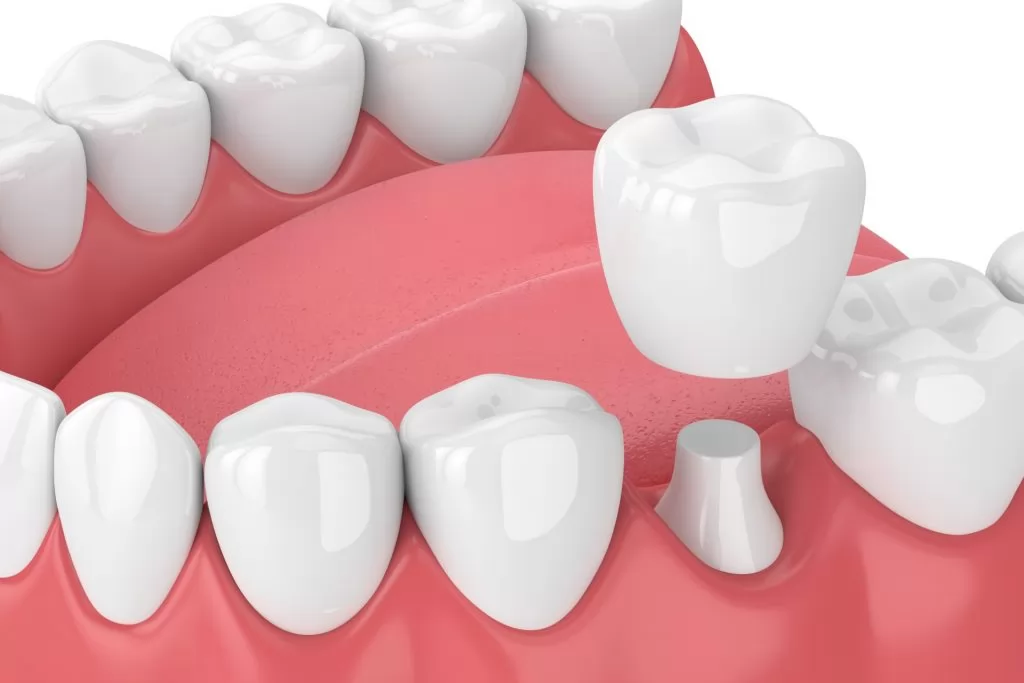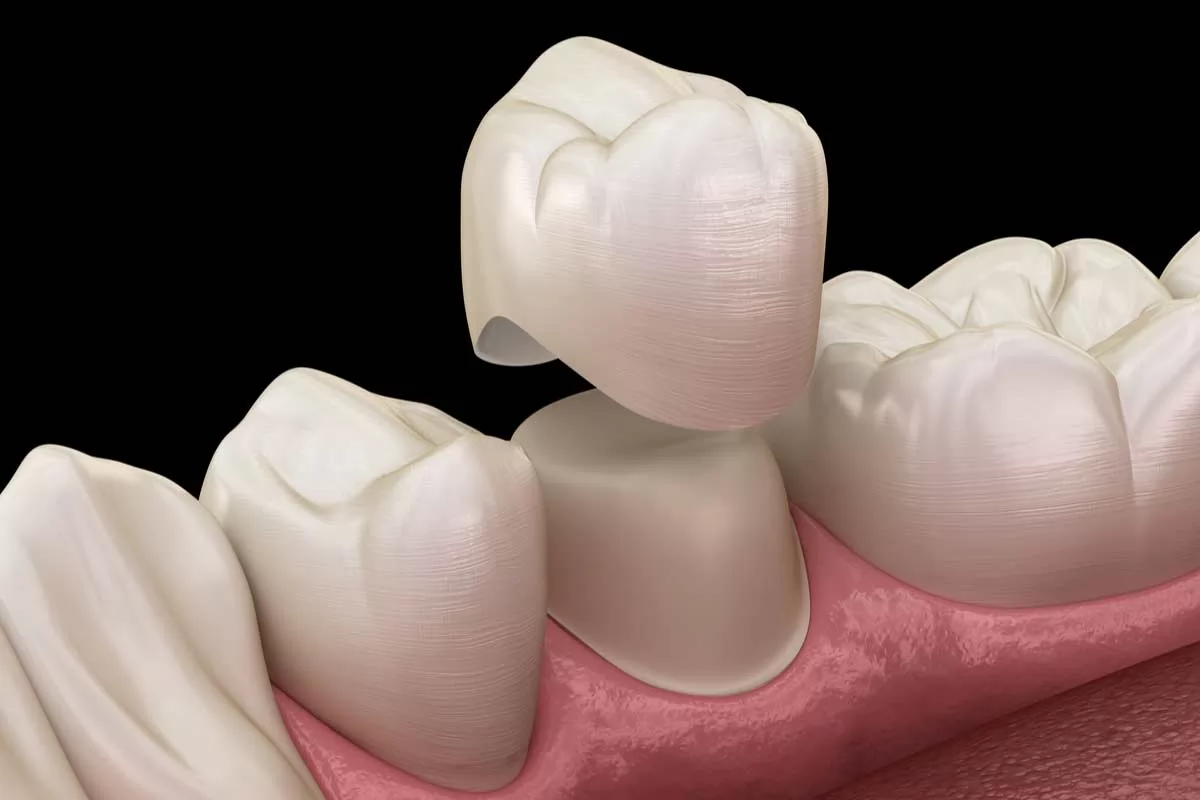When would a dental crown be needed?
Dental Crowns with Best Prices
A dental crown may be needed to:
Protect a weak tooth (for example, from decay) from breaking or to hold together parts of a cracked tooth.
Restore a broken tooth or a severely worn down tooth.
Cover and support a tooth with a large filling and not much tooth remaining.
Hold a dental bridge in place.
Cover misshaped or severely discolored teeth.
Cover a dental implant.
Cover a tooth treated with a root canal.
What are onlays and 3/4 crowns?
Onlays and 3/4 crowns are crowns that don’t cover as much of the underlying tooth as traditional crowns. Traditional crowns cover the entire tooth. These may be appropriate when solid tooth structure still remains. It is considered a more conservative approach to a full coverage crown. In this procedure your dentist removes the affected area, and performs a reshaping of the tooth to receive the restorative material.
What types of crown materials are available?
Permanent crowns can be made from all metal, porcelain-fused-to-metal, all resin, or all ceramic.
Metals used in crowns include gold, palladium, nickel or chromium. Metal crowns rarely chip or break, last the longest in terms of wear down, and only require a small amount of tooth to be removed. They can also withstand biting and chewing forces. The metallic color is the main drawback. Metal crowns are a good choice for out-of-sight molars.
Porcelain-fused-to-metal dental crowns can be matched to the color of the teeth beside them. They have a more natural tooth color. However, sometimes the metal under the crown’s porcelain cap shows through as a dark line. Other drawbacks are that the crown’s porcelain portion can chip or break off and there is more wearing down of the teeth opposite them in the mouth. (The top and bottom tooth that come into contact when the mouth is closed.) These crowns can be a good choice for front or back teeth.
All-resin dental crowns are less expensive than other crown types. However, they wear down over time and are more likely to break than porcelain-fused-to-metal crowns.
All-ceramic or all-porcelain dental crowns provide the best natural color match than any other crown type. They are also a good choice for people with metal allergies. However, they are not as strong as porcelain-fused-to-metal crowns. They also may wear down the teeth opposite them in the mouth a little more than metal or resin crowns. All-ceramic crowns are a good choice for front teeth.
Pressed ceramic crowns have a hard inner core. They replace the metal liner that is used in the all-ceramic crown-making process. Pressed ceramic crowns are capped with porcelain, which provides the best natural color match. They are also more long-lasting than an all-porcelain crown.


